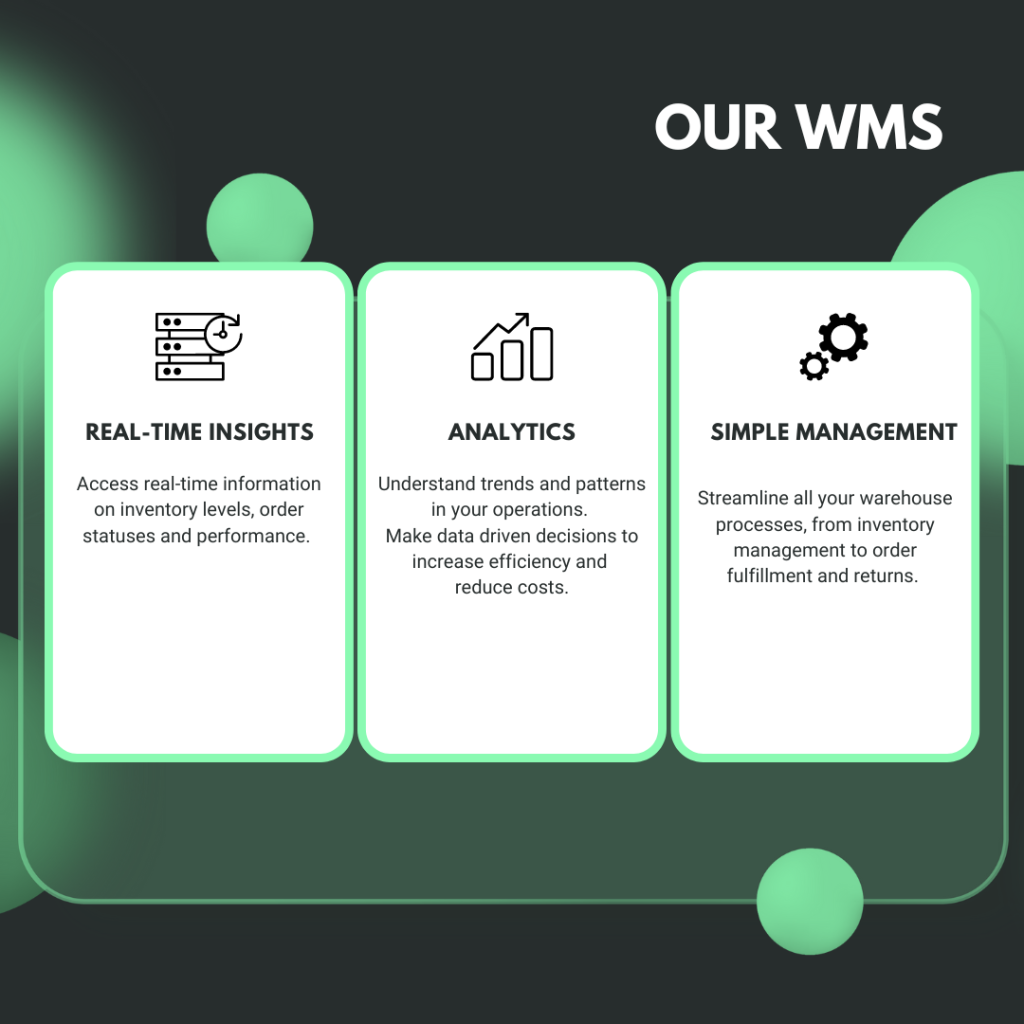A synergic collaboration between suppliers and logistics is the pillar of modern companies, where information sharing is one of the driving forces that avoids almost all disruptions.
In fact, unexpected changes in the market can arise on a daily basis in any industry. The main obstacle here is segmentation, namely when processes and departments are managed separately and teams have no complete overview of processes.
In a successful business , every element of the supply chain is interconnected. Internally, every department is able to track processes, data, strategies and resources as part of a larger network. To enhance and obtain this, it is essential to embrace technology that allows for better collaboration, data analysis and effective management. In this sense, companies become more flexible to sudden changes or disruptions that may occur and are even better equipped to forecast problems, intervening promptly when necessary.
With the growing reliance on external supply chains, the integration of WMS in a company’s system has become crucial, enabling them to handle the entire landscape of their needs.
In short, a WMS enhances collaboration between suppliers and logistics because it offers:
- Centralized hub for all data: integrating WMS ensures data consistency across all departments, allowing the different teams to always have access to real-time and up-to-date information.
- Improved inventory accuracy: WMS integration reflects real-time inventory updates across the entire system, ensuring the levels of stock are always accurate. Such consistency enables better demand forecasting and reduces overstocking and stock-outs.
- Streamlined order processing: orders are processed and fulfilled much faster and accurately.
- Transparency: one of the most important qualities of a business that functions properly is transparency. A WMS offers end-to-end visibility across the entire supply chain, thanks to the possibility to track products from the moment they enter the warehouse until they’re shipped to customers.
- Cost savings: reducing manual data entry and eliminating the need to manually coordinate separate systems can lead to increased accuracy and reduction of costly mistakes, as well as inefficiencies.
Moreover, a Cloud based system is essential, as it enables easy access to information from anywhere, thus facilitating collaboration.
Most common causes of inefficiencies
- Manual data entry
- Potential errors due to human intervention
- Limited capacity in terms of quantity and data that can be managed
- Non-automated processes, leading to slow execution times
- No transparency and data tracking
Benefits of collaboration between suppliers and logistics
Risk mitigation
A strong collaboration and visibility throughout the supply chain enables both parties to develop strategies and plans proactively to address problems.
Improved customer satisfaction
The end goal of any supply chain is to satisfy the customer. Efficient collaboration means deliveries are all on time and without errors. This high quality of service leads to cost savings that can be passed on to the consumer in different ways, from better prices to a wider range of product options. A smooth supplier-logistics collaboration is directly felt by the end customer in the form of trustworthy services and advantageous prices.
The role of a 3PL company
The world of logistics is very dynamic and external factors can easily throw the supply chain into disarray, leading to unexpected delays or shortages that affect the end-customer directly. In such scenarios, a 3PL exists in the intersection between logistics and suppliers. It morphs from a coordinator to a problem solver, finding alternative routes, optimizing storage solutions, or quickly rerouting shipments.
In summary, modern companies cannot adequately manage the complexities of an interconnected and multi-company logistics network by treating processes as isolated.
In the vast supply chain ecosystem, three elements emerge as critical to ensuring survival: collaboration, data analytics, and management, where technology becomes the main ally to bring the necessary efficiency and transparency.





